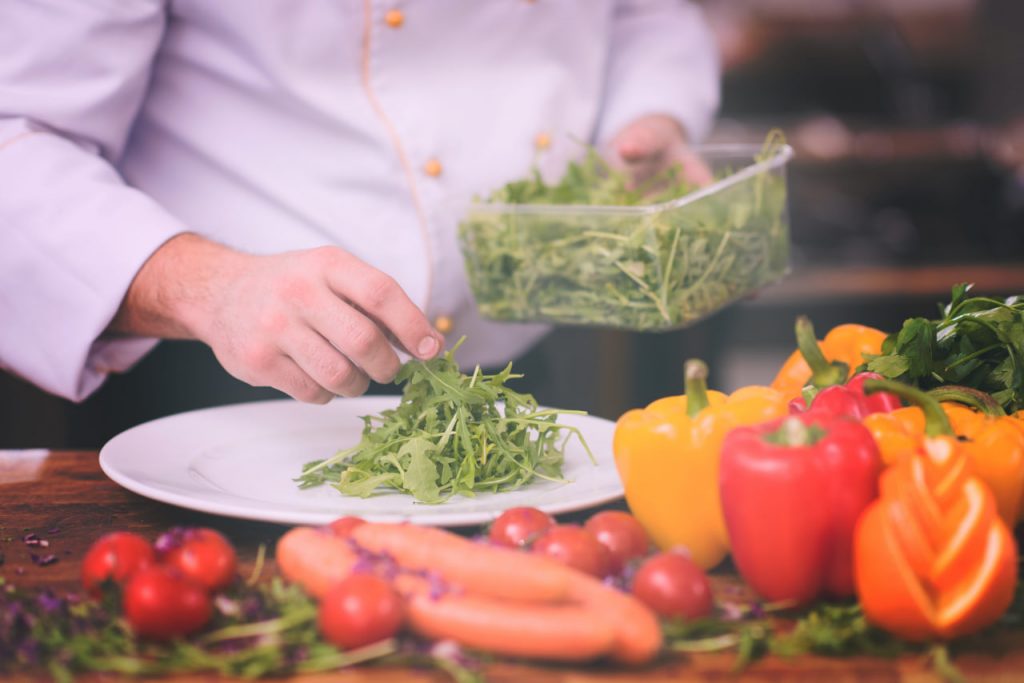Starting a raw food diet can feel like a big shift, especially if you’ve been accustomed to cooked meals for most of your life. But with the right approach, transitioning to raw food can be smooth, enjoyable, and incredibly rewarding. The first step is understanding that raw foodism is not about rigid rules but about eating more wholesome, plant-based foods in their purest form. This beginner’s guide will help you navigate the first steps of your raw food journey with ease.
1. Start Slow and Simple
If you’re used to eating cooked meals, it’s essential not to overwhelm yourself right from the beginning. Start by introducing more raw ingredients into your meals gradually. Try incorporating fresh salads, smoothies, and juices into your daily diet. A great way to begin is with breakfast—a fruit smoothie, chia pudding, or overnight oats with nuts and seeds can set you up for a day full of energy and nutrients. Slowly replace one meal at a time with raw foods until you’ve made the transition.
2. Stock Your Kitchen with Raw Staples
When transitioning to a raw food lifestyle, it’s crucial to have your kitchen stocked with a variety of fresh fruits, vegetables, nuts, seeds, and sprouted grains. These are your building blocks for creating delicious raw meals. Don’t forget to include superfoods like spirulina, maca powder, and chlorella, which can give your meals an extra nutrient boost. Invest in some kitchen tools such as a high-speed blender for smoothies, a food processor for chopping vegetables, and a dehydrator for making raw snacks.
3. Explore Raw Recipes and Experiment
The world of raw food offers an exciting range of meals, from fresh veggie salads and sushi rolls to raw desserts and energy bars. Explore different recipes and experiment with new flavors and textures. Raw food is often very versatile—consider trying raw pasta made from zucchini, avocado-based dips, or cashew cream sauces. Also, raw desserts like raw brownies, cheesecake, and energy balls are perfect for satisfying your sweet tooth without processed sugars.
4. Listen to Your Body
As with any dietary shift, it’s essential to listen to your body’s signals. Initially, you may experience detox symptoms such as headaches or cravings as your body adjusts to the new foods. These symptoms are normal and typically pass after a few days. Pay attention to how you feel after eating raw meals—many people report feeling more energized, less bloated, and more clear-headed once they’ve given their bodies time to adapt to raw foods.
5. Stay Hydrated and Supplement When Necessary
Eating a plant-based diet requires plenty of hydration. Since raw foods contain lots of water, like fresh fruits and vegetables, you’ll likely notice an increase in hydration, but don’t forget to drink plenty of water throughout the day. Additionally, consider supplementing with B12 and omega-3s, which are important for anyone following a plant-based diet. Consult with a nutritionist if you’re unsure about your specific nutrient needs.
The raw food lifestyle doesn’t just transform your diet—it can transform your relationship with food. By embracing fresh, whole foods, you’re taking a step towards better health, more energy, and a sustainable way of living. So take it one step at a time, enjoy the journey, and savor the incredible benefits that raw foods can offer!

